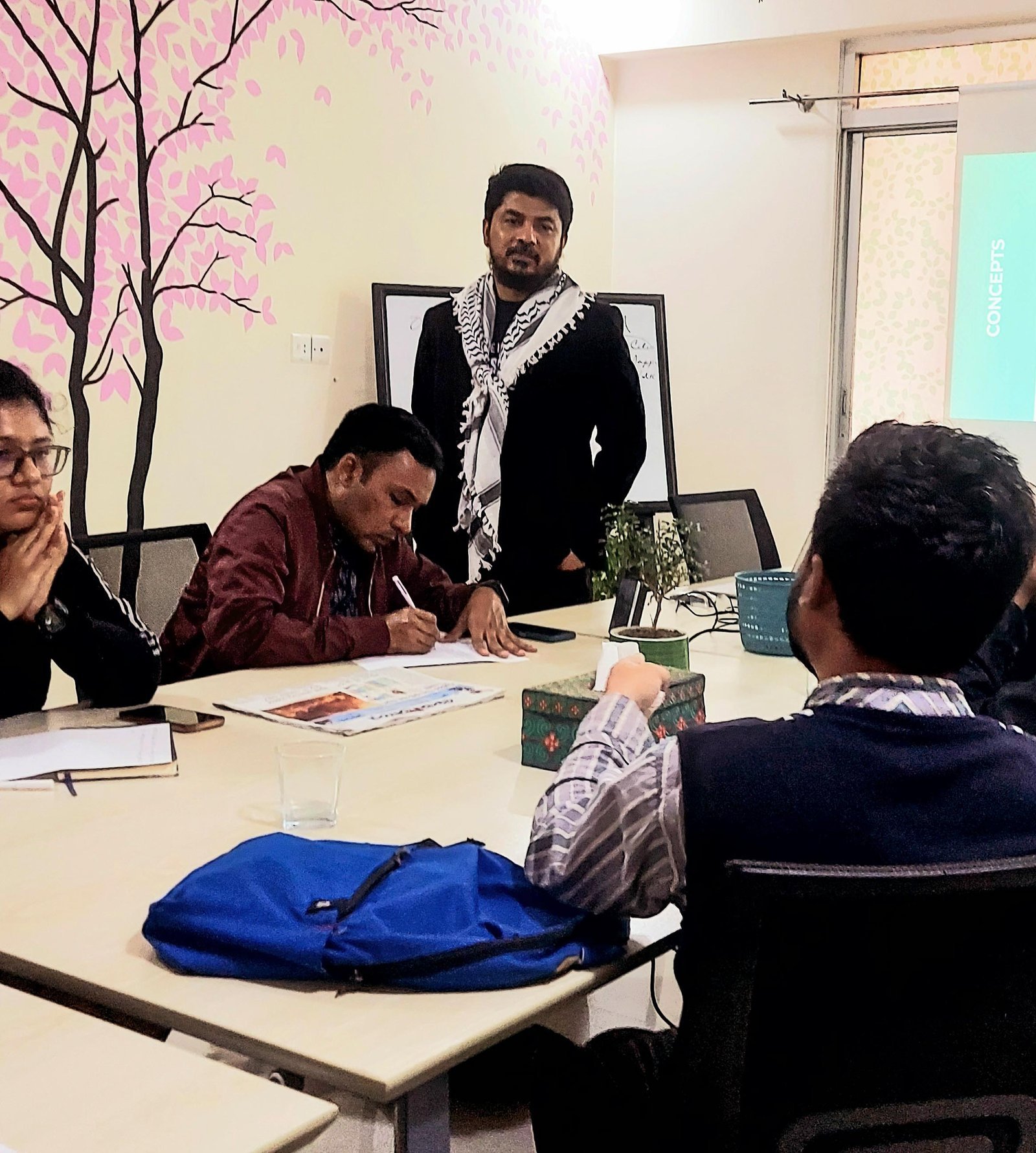We build ideas driven by future.
We are optimists who love to work together. Our mission is to produce the highest quality work for every client, on every project. Let’s collaborate and make an impact with our cross-discipline approach to research and development.

